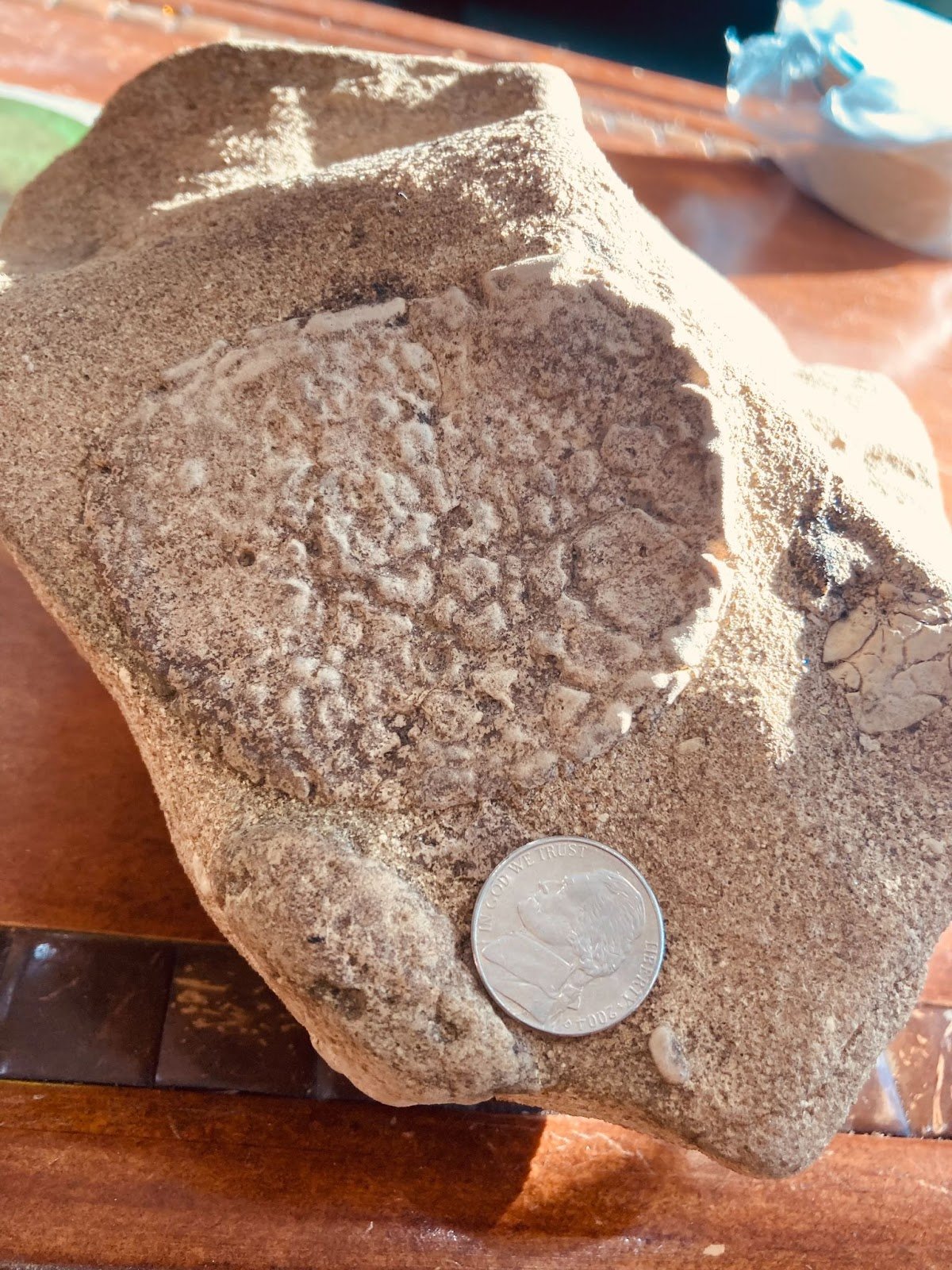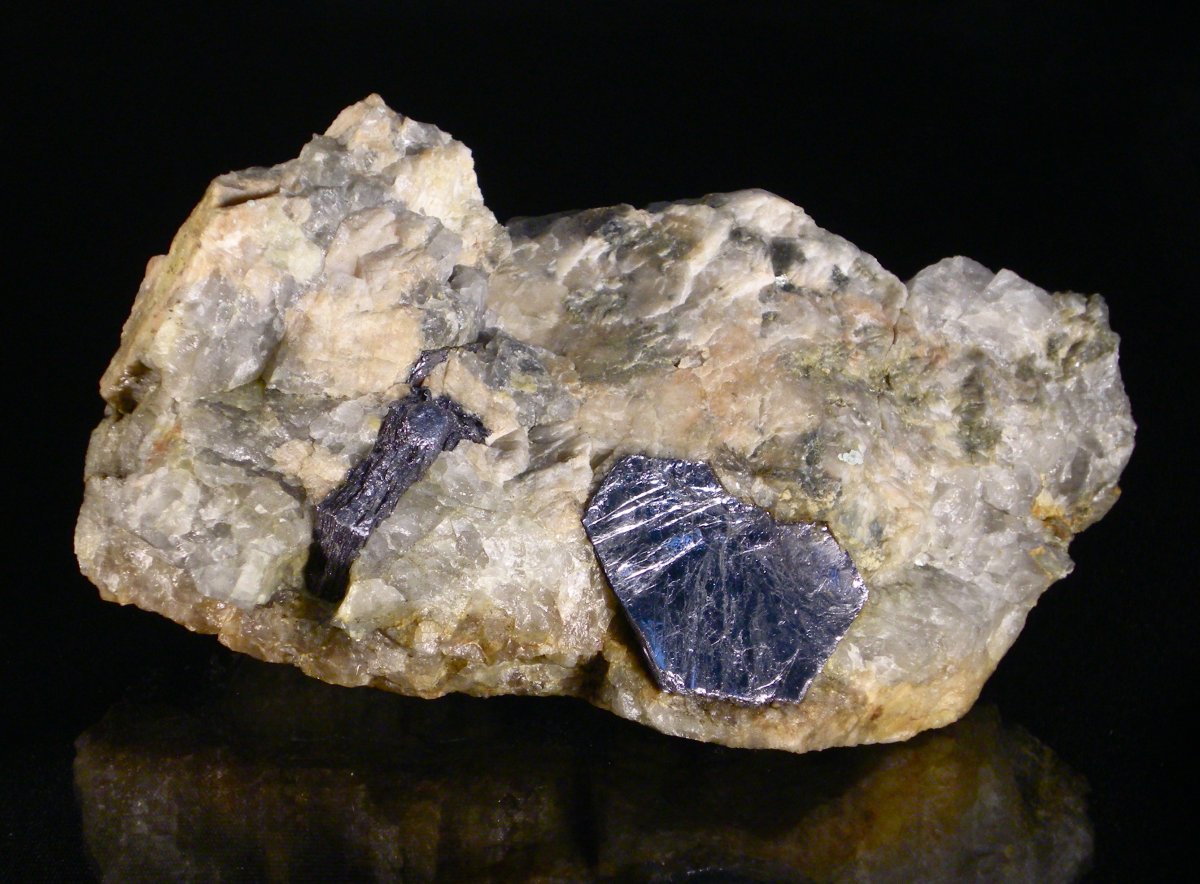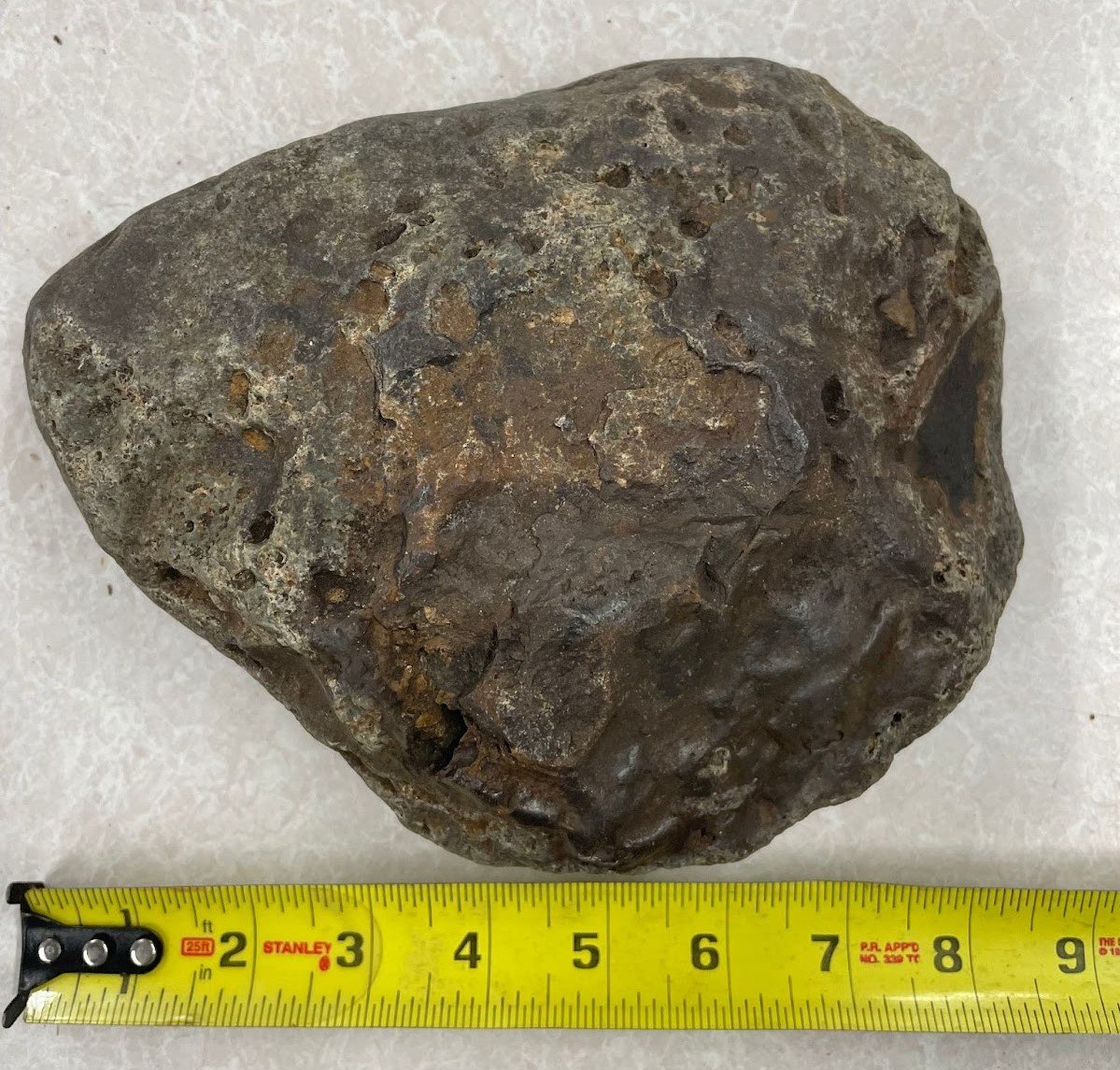Rock, Mineral, Fossil, and Meteorite ID
+
I think I found a cool rock or mineral in/near Minnesota!
I’d like my rock or mineral identified.
In an email to the department (esci@umn.edu) please provide a description of your specimen and photographs. More information about this process below (please read before sending your email). If you do not provide the proper information we will not be able to start identifying your specimen.
For specimens found outside of Minnesota, it would be best for you to check with your local geological survey or university for assistance. We are only able to provide guidance on specimens found locally.
The Department of Earth & Environmental Sciences does NOT purchase specimens. Please try calling Enchanted Rock Garden or a similar vendor for information on selling your specimen.
The Department of Earth & Environmental Sciences does NOT authenticate or provide value estimates of specimens. There are companies who provide such services, and would suggest contacting them for information on authentication or evaluation.
+
I think I found a fossil in/near Minnesota!
In an email to the department (esci@umn.edu) please provide a description of your specimen and photographs. More information about this process below (please read before sending your email).
The Department of Earth & Environmental Sciences does NOT purchase specimens. Here is a helpful article about selling fossils.
+
I think I found a meteorite in/near Minnesota!
We get many such inquiries each year, and though the vast majority of the objects are not meteorites. About every 10 years or so, an object brought to our attention has proved to be a meteorite; however, most of the objects have turned out to be terrestrial rock or a wide variety of human-made objects. Please see the meteorite section below for more information about researching your specimen and sending us photographs.
The Department of Earth & Environmental Sciences does NOT authenticate or provide value estimates of specimens.
The most realistic answer is that your rock is probably not a meteorite. Statistically speaking it is highly unlikely to stumble upon a meteorite. Minnesota has an amazing geological history which has left us with a lot of rocks that are very interesting to look at, but finding a meteorite in Minnesota is highly unusual. Most meteorites are found in deserts and Antarctica because they are easier to differentiate from the bare rock/ground and ice that dominates those landscapes. With the wide diversity of rocks that Minnesota is home to, locating a meteorite extremely unlikely. Less than one in 1000 of the objects presented to the University for identification have proven to be meteorites.
“But I saw it fall from the sky”. There are many reasons that rocks may appear to fall from the sky. Not every rock that appears to fall from the sky out of nowhere is a meteorite. There have been plenty of instances where rocks have “fallen” from the sky due to a variety of human activity. Check out some examples here.
+
I found a cool specimen outside of Minnesota!
It would be best for you to check with your local geological survey or university for assistance. We are only able to provide guidance on specimens found locally.
Due to COVID-19 the Department of Earth & Environmental Sciences does not take walk-ins or in-person visits to identify specimens.
Rock, Mineral, and Fossil Identification
We have a number of faculty and emeritus faculty who enjoy helping those interested in finding out what their cool rock may be. The process for getting a specimen identified has changed due to COVID-19, and the entire process is now exclusively done virtually.
- Make some observations.
Take note of any unique features it has, especially those that would be difficult to see in an image. Consider reading the resources listed on the left for some ideas of what your specimen might be. - Send an email to esci@umn.edu with the following information:
-Two to three, sharply focused photographs of the object from several sides. Natural lighting with little/no shadows is best. Please also include an object for scale in your images (such as a ruler, pencil, or coin). Please do not send video.
-Any thoughts or suspicions you have about what your rock may be.
-A general description of where you found it
-Any interesting characteristics (Is it magnetic? Does it have coloring that doesn’t show up well in photographs?)
-How much does it weigh? Does it weigh more/less/or about the same as you would expect for a rock of its size?
- Please be patient as we identify your specimen.
***Please note*** If you do not provide the proper information/images we will not be able to start identifying your specimen. DO NOT simply “drop in” to the department with the expectations of having a rock identified at that moment. Remember that it is best to begin by sending us information and pictures of the rock via email and let us take it from there.
If you have any further questions, please call 612-624-1333 to speak with the front desk.


Meteorite Identification
The Department of Earth & Environmental Sciences has a few faculty members who provide outreach in the form of rock and meteorite identification. However, we have been receiving a multitude of rock and meteorite identification requests and are not able to respond to all inquiries in a timely manner due to limited time and resources. If you believe that you have a meteorite, please read through the information below to help you gather more information about your rock.
- Read the following pages from Washington University:
General Meteorite Information
Meteorite Realities
"Meteorwrongs"
Compare your rock to the information and images on these webpages and take note if your object possesses any unique characteristics (high density, magnetism, vesicles, regmaglypts, or a fusion crust). If after reading through these webpages you realize that you don't have a meteorite but still want to have your object identified, follow the instructions for rock, mineral, and fossil identification. - Send a separate email to esci@umn.edu for each object you think may be a meteorite with the following information:
-Two to three, sharply focused photographs of the object from several sides. Natural lighting with little/no shadows is best. Please also include an object for scale in your images (such as a ruler, pencil, or coin). Please do not send video.
-Any thoughts or suspicions you have about what your rock may be.
-A general description of where you found it
-A detailed description of the object based on the webpages in Step 1. Be sure to include any meteorite-like characteristics as well as any characteristics that are difficult to see in the photos.
-How much does it weigh? Does it weigh more/less/or about the same as you would expect for a rock of its size?
- Be patient while we start identifying your object and be prepared to send a sample if necessary.
***Please note*** If you do not provide the proper information or clear enough images we will not be able to start the process of identifying your specimen.
Once we have received your email with the necessary information, we will pass it along to one of our few faculty members who work with the public to identify meteorites. Please keep in mind that these faculty members are first and foremost professors and researchers who have very busy schedules including teaching, research and fieldwork. This means that they may take longer to respond to inquiries and will only be able to provide outreach when available.
It is important to know that it is often possible to tell that an object is not a meteorite from a photo. But is is nearly impossible to positively identify a meteorite from photos, so please be prepared to send in a sample if necessary.
Please DO NOT simply “drop in” to the department with the expectations of having a rock identified at that moment. Remember that it is best to begin by sending us information and pictures of the rock via email and let us take it from there.
If you have any further questions, please call 612-624-1333 to speak with the front desk.

